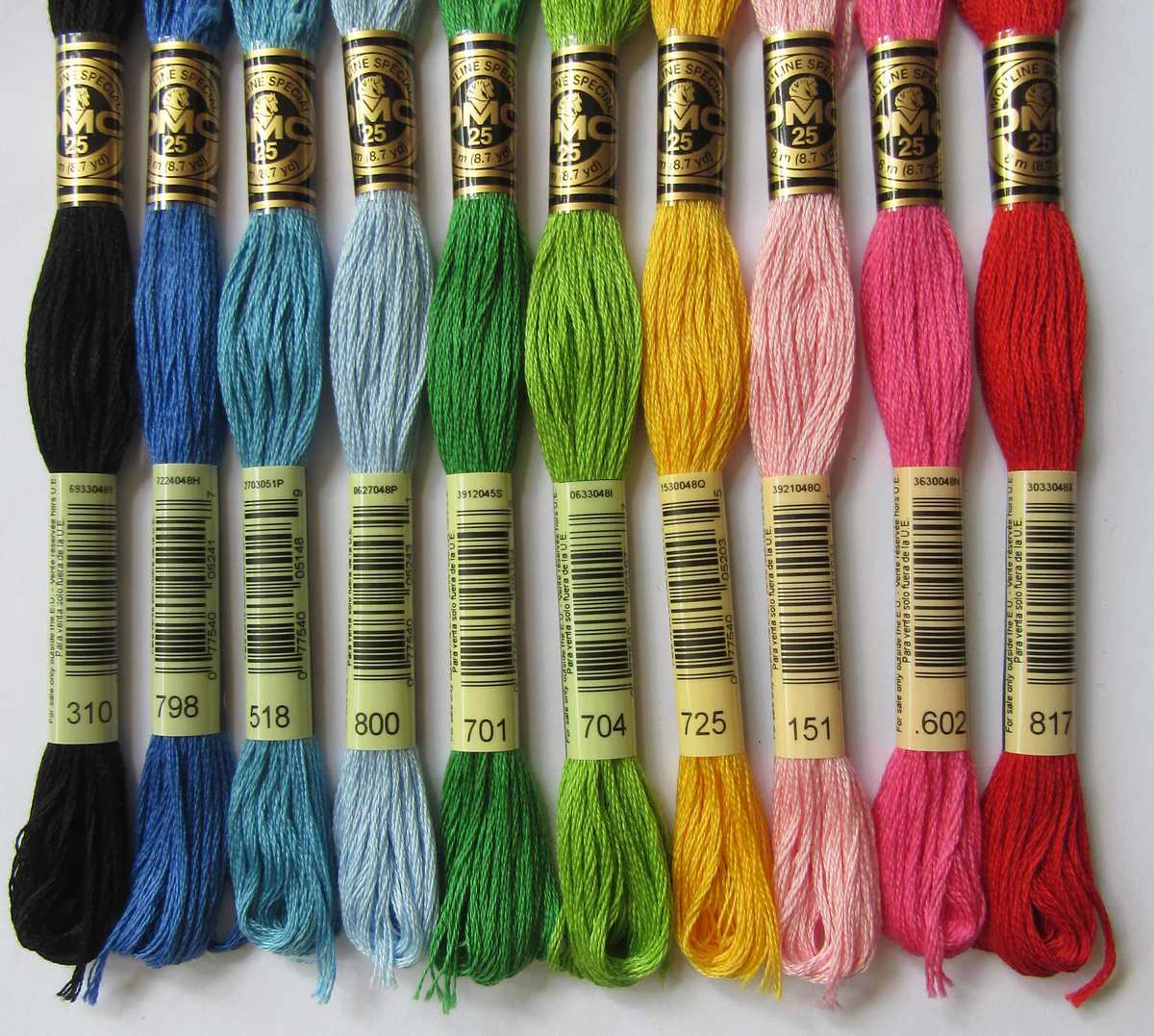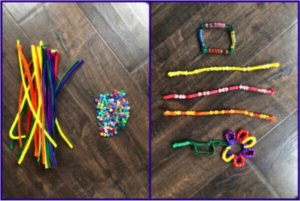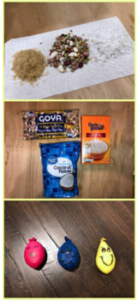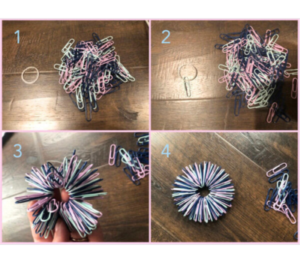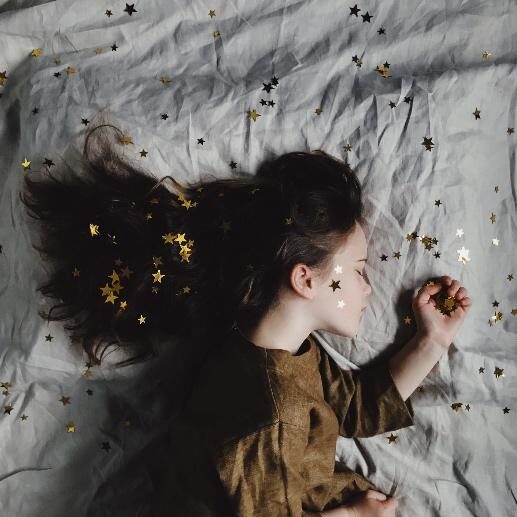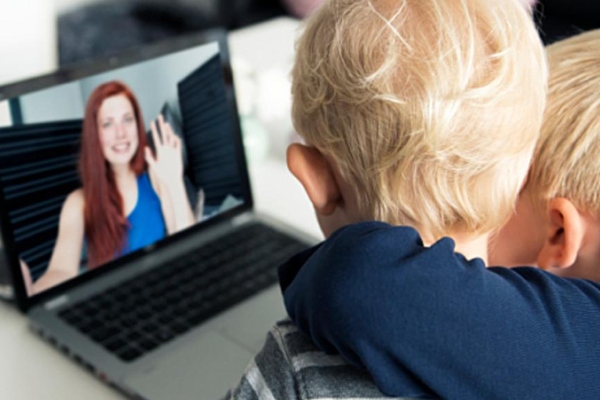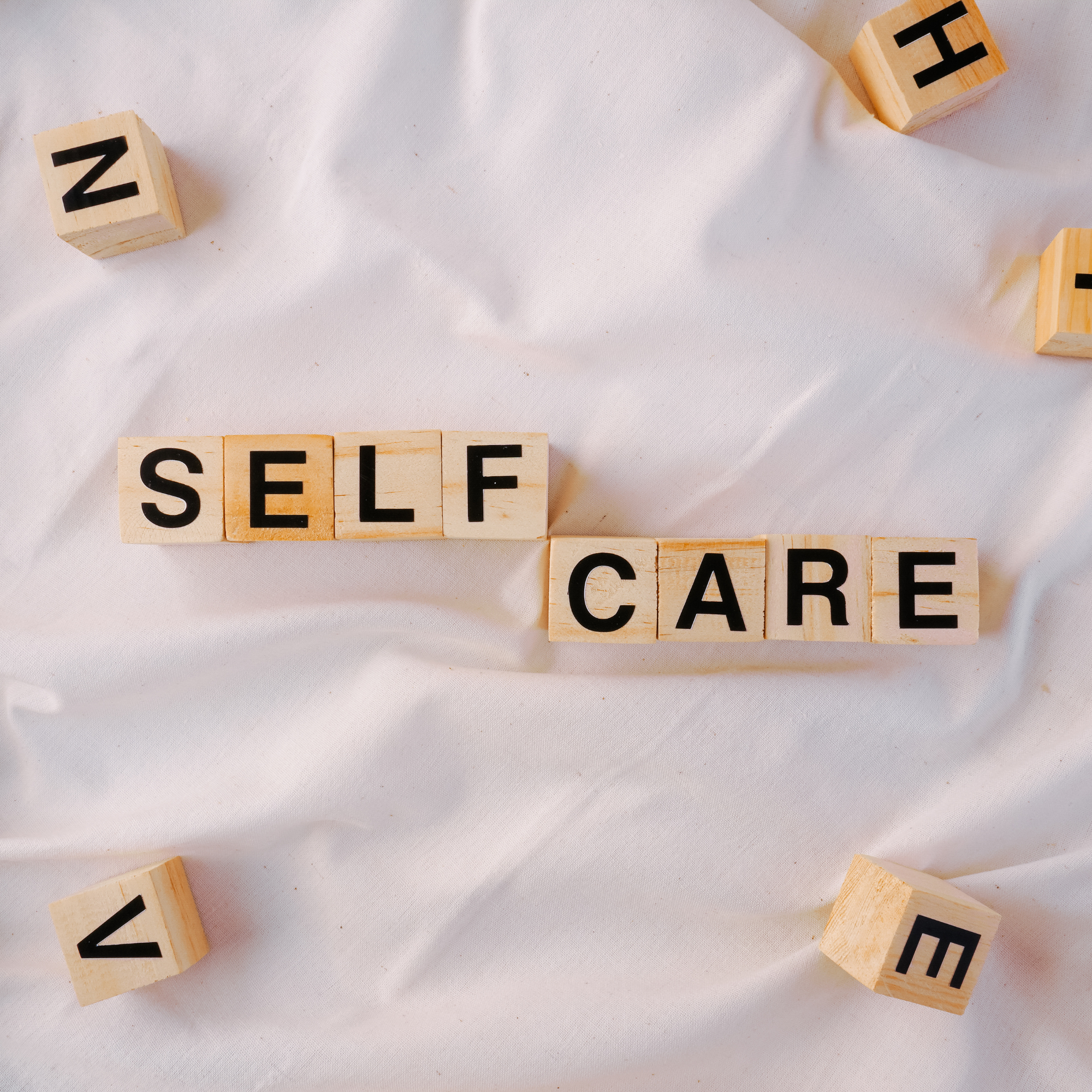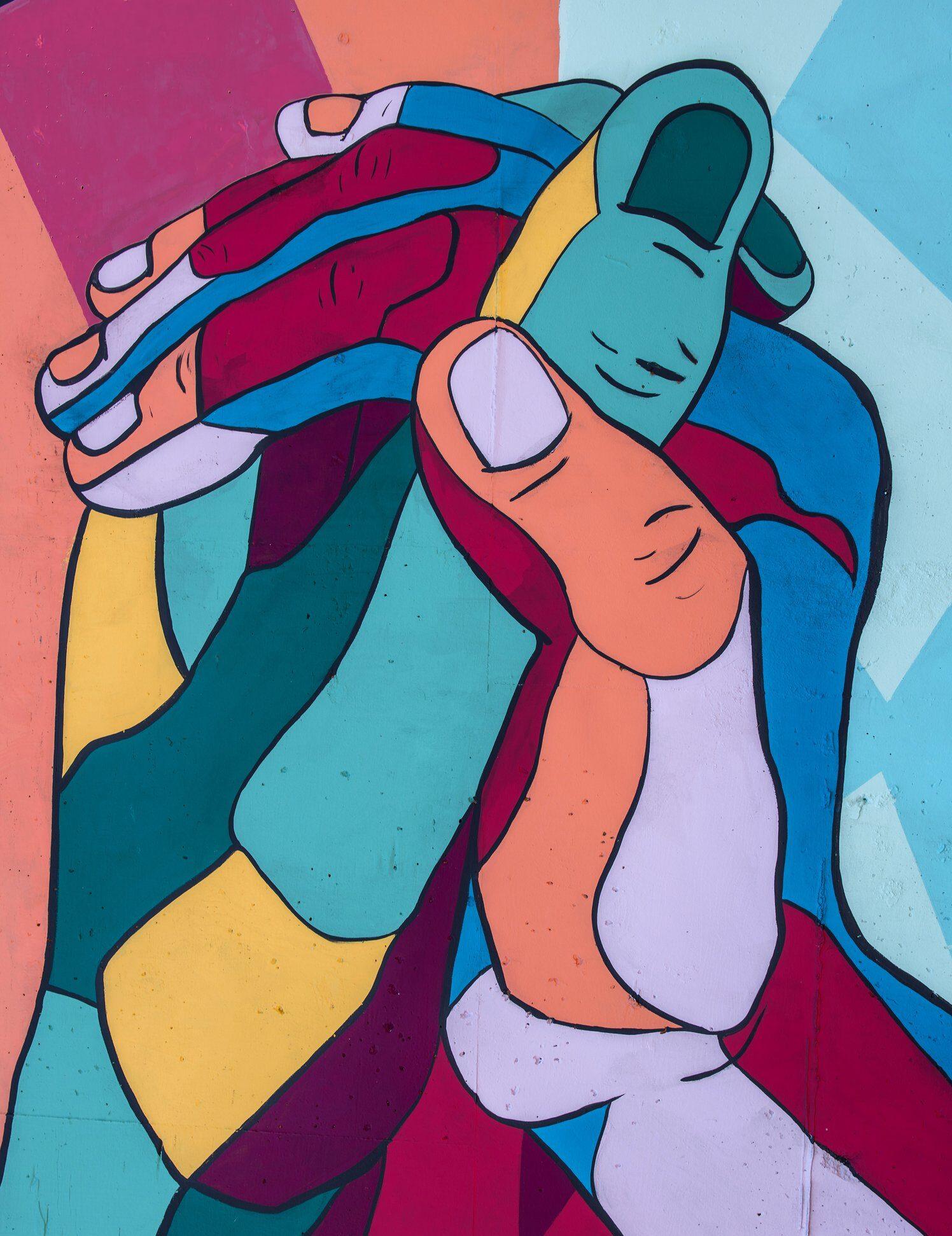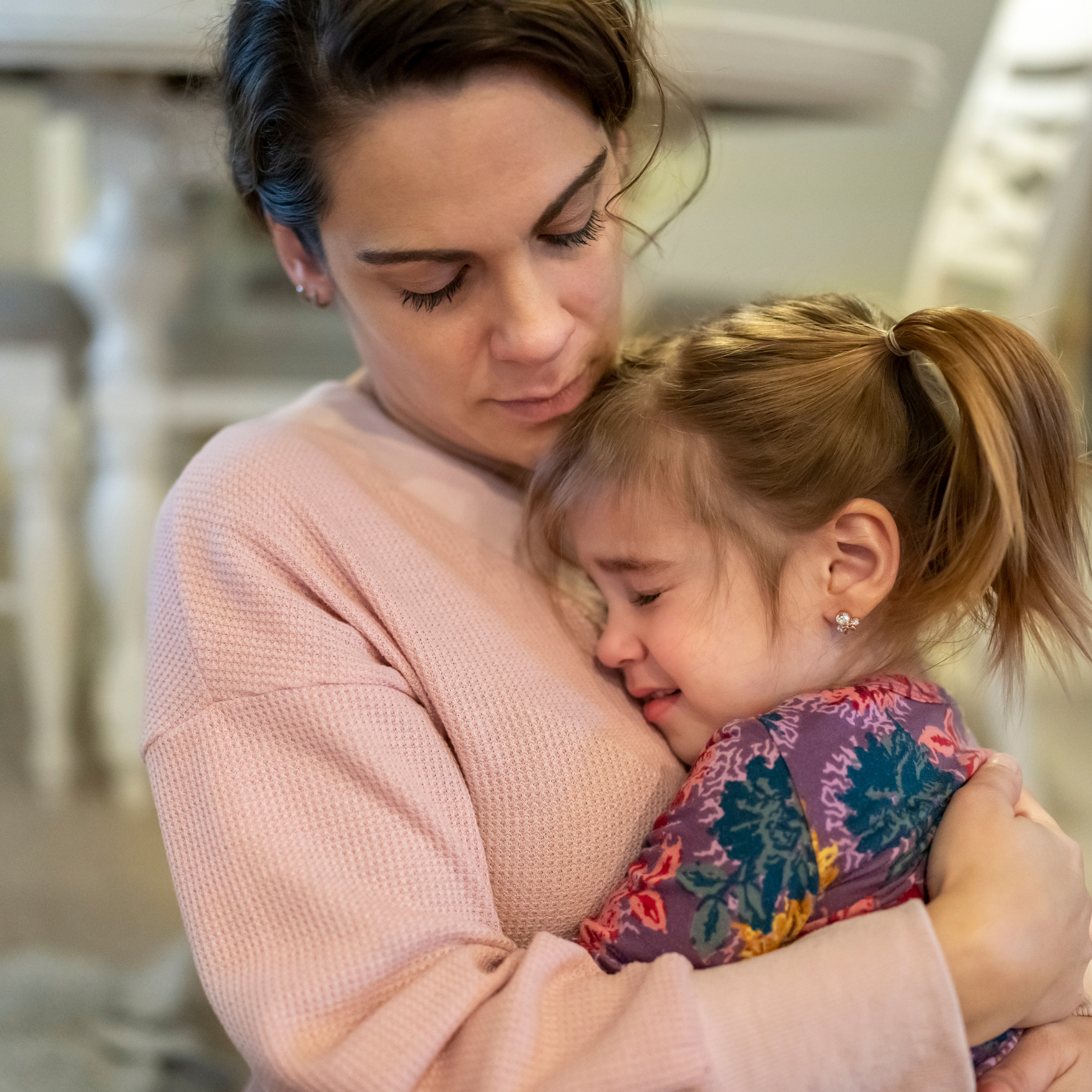Fidgeting isn’t just for kids—adults do it too! Whether you’re spinning rings on your fingers or tapping a pen, fidgeting can help relieve nervousness, anxiety, or boredom. Fidget toys are universal tools that provide soothing repetitive movements and can be purchased or made at home. DIY fidget toys are especially fun and customizable, making them a great option for everyone!
These toys are particularly beneficial for children with Autism, as they help redirect attention from overstimulating environments to engaging sensory activities. They can also ease transitions between remote and in-person learning, provide movement breaks during long periods of sitting, and reduce excess energy. Plus, creating DIY fidgets allows kids to personalize their toys while developing valuable skills.
Ready to explore some creative ideas? Here’s how you can make your own DIY fidget toys using common household items:
1. Beads on a Pipe-Cleaner
This simple activity is perfect for beginners!
Materials:
- Pipe-cleaners
- Beads (ensure bead holes are large enough)
Instructions:
- Thread beads onto the pipe-cleaner.
- Mold the pipe-cleaner into shapes or loop it into a bracelet.
- For younger children, hold the pipe-cleaner while they thread the beads for extra support.
2. Floating Bead Bracelets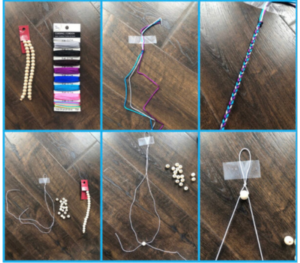
For a different bead based activity, create a sensory bracelet with movable beads!
Materials:
- String or ribbon
- Scissors
- Beads
Instructions:
- Tie a knot at one end of the string.
- Thread beads by crossing the string through the bead’s center.
- Repeat until the bracelet fits your wrist size.
- Tie off both ends to secure the bracelet.
This one was completed this way so the child is able to roll the beads while wearing it. We used silk string for the braided piece to add some color. For the beaded bracelet we went with stretchy string to be universal!
3. Balloon Squeeze Family
A classic sensory toy with endless possibilities! You don’t have to make a whole ‘family,’ one balloon squeeze will do. But, if you’re feeling up for a family – go for it! The more the merrier, right? Creating multiple characters may engage your child in some pretend play, which is always a bonus. We opted to use different fillers within each balloon to provide different sensory stimulation.
Materials:
- Balloons
- Permanent marker (optional)
- Fillers (e.g., rice, beans, coconut flakes)
- Funnel (optional)
Instructions:
- Insert fillers into deflated balloons using a funnel or by hand. (we used a bean mix, coconut flakes, and rice!)
- Blow air into the balloon neck to expand space if needed.
- Seal the balloon and decorate with markers to create characters!
4.  Braided Yarn Dolls
Braided Yarn Dolls
A creative craft that doubles as a fidget toy!
Materials:
- Yarn
- Scissors
- Scrap cardboard
Instructions:
- Wrap yarn around cardboard (up and down) until thick enough for your doll’s body. (The longer the cardboard is, the ‘taller’ your doll will be)
- When you’re happy with the thickness, slide off the yarn but keep it in the circular shape.
- Cut one end to create long strands (make all the pieces one long length!)
- Bring your ends of yarn together, like your folding the yarn bunch in half.
- Then, make the top piece a tight ball for the head and use a new piece of yarn to tie underneath the head to keep it in place
- Split your bottom yarn into bunches of three sections (these will be the arms and legs!)
- Fold yarn in half and tie tightly under the “head” section to form arms and legs.
- You can also tie more bunches down the middle as a waist. You can do as many or as little as you’d like.
- Braid your arms and legs or leave fringes as desired!
How DIY Fidget Toys Support Skill Development
DIY fidgets aren’t just fun—they’re educational too! Supervisors can incorporate ABA strategies while making these toys:
- Following Multi-Step Directions: Teach auditory comprehension by giving step-by-step instructions like “Grab your string, beads, and scissors.”
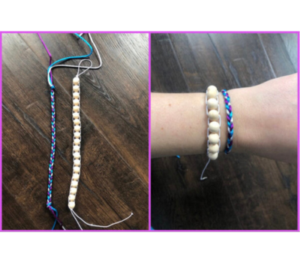
- Attending Skills: Encourage focus by asking questions like “What comes next?” during each step of the activity.
- Eye Contact: Promote engagement by calling the child’s name and waiting for eye contact before providing praise or materials.
- Fine Motor Skills: Develop hand-eye coordination through tasks like threading beads, cutting yarn, or attaching paper clips to rings.
- Expressive Identification: Ask questions about shapes, colors, and sizes of materials during play (e.g., “What color is this bead?”).
- Receptive Identification: Encourage physical responses such as “Touch the blue paperclip” or “Give me the biggest bead.”
- Pattern Creation: Teach sequencing by asking children to mimic patterns with beads or other materials before assembling their toy.
Looking for more creative ideas? Follow us on Pinterest for inspiration! And don’t forget—Graham Behavior Services is here to support all your behavioral health needs! Contact us for more information.
